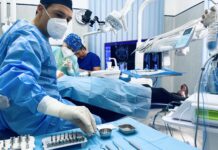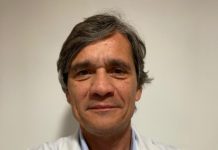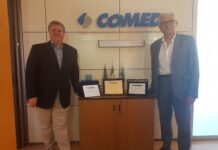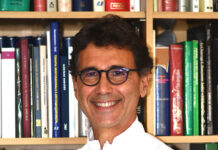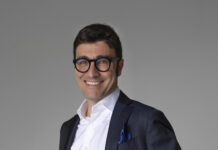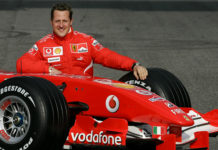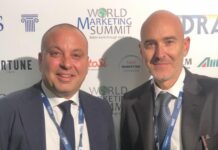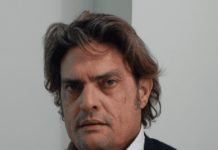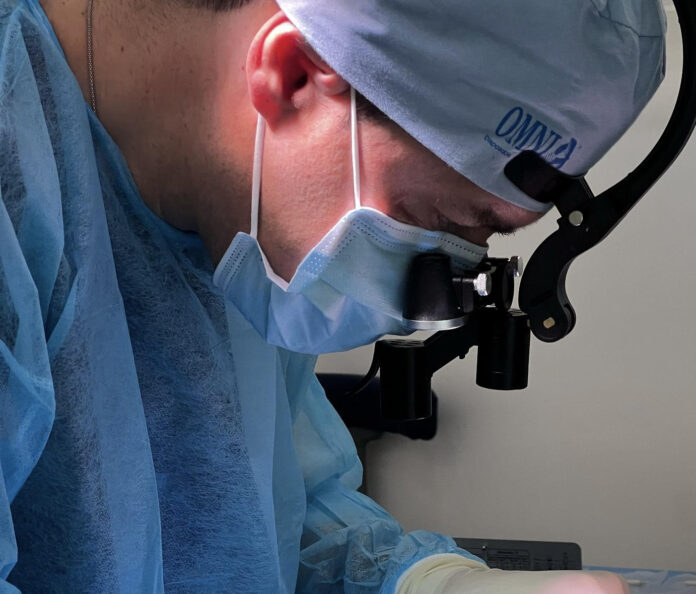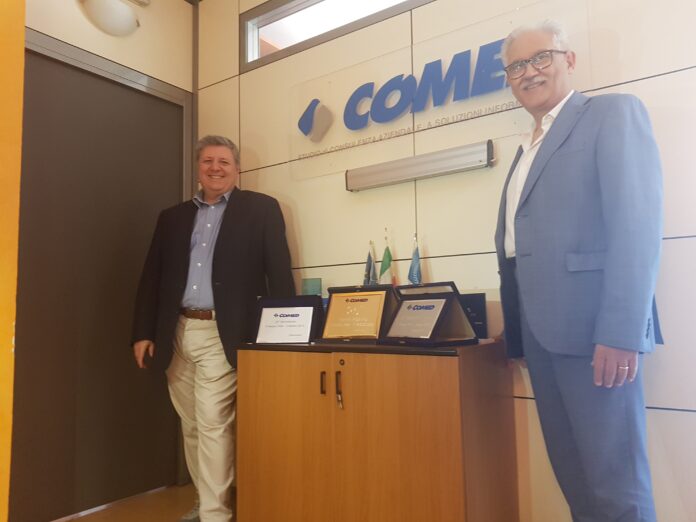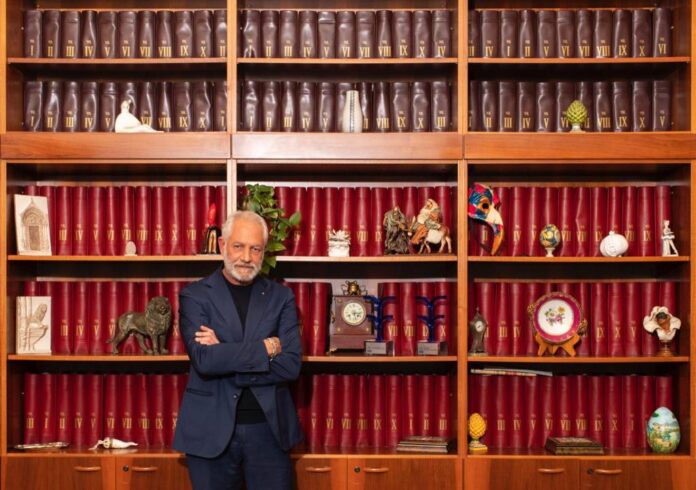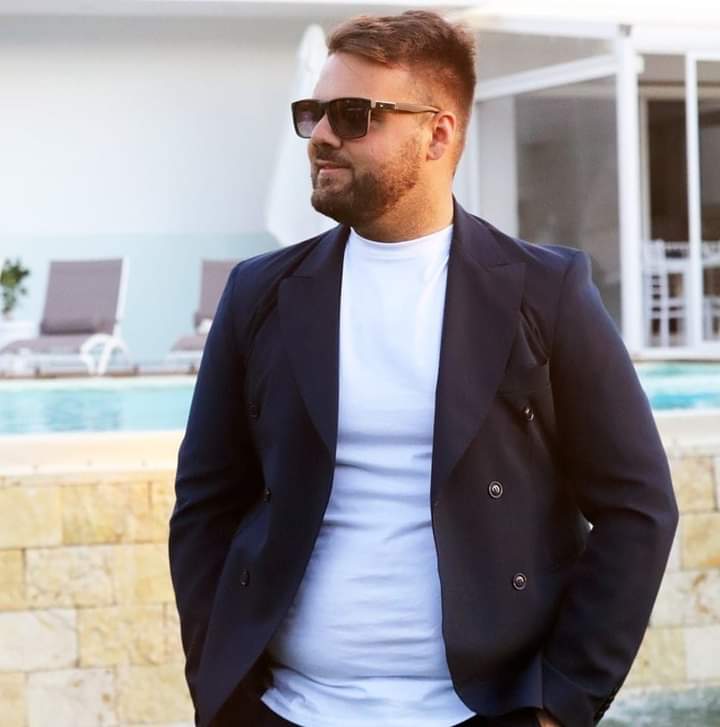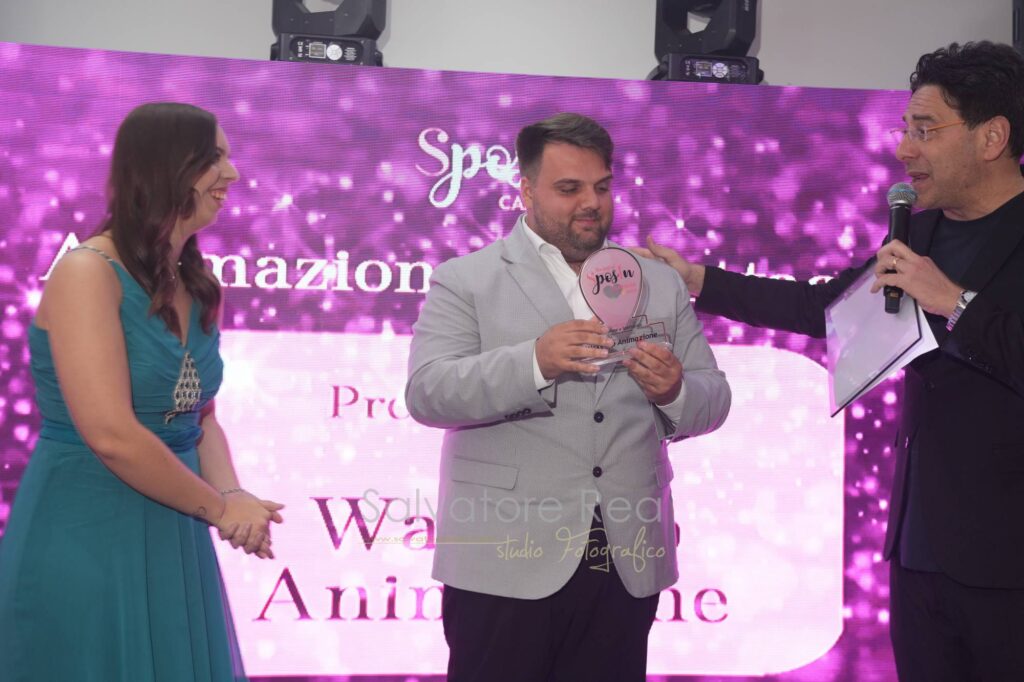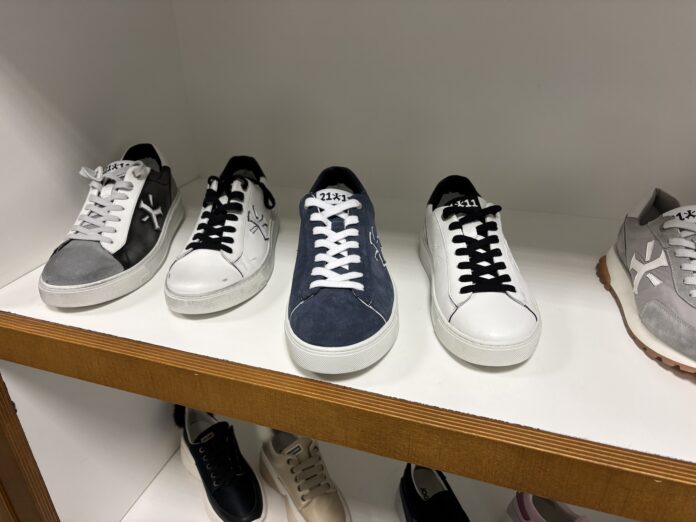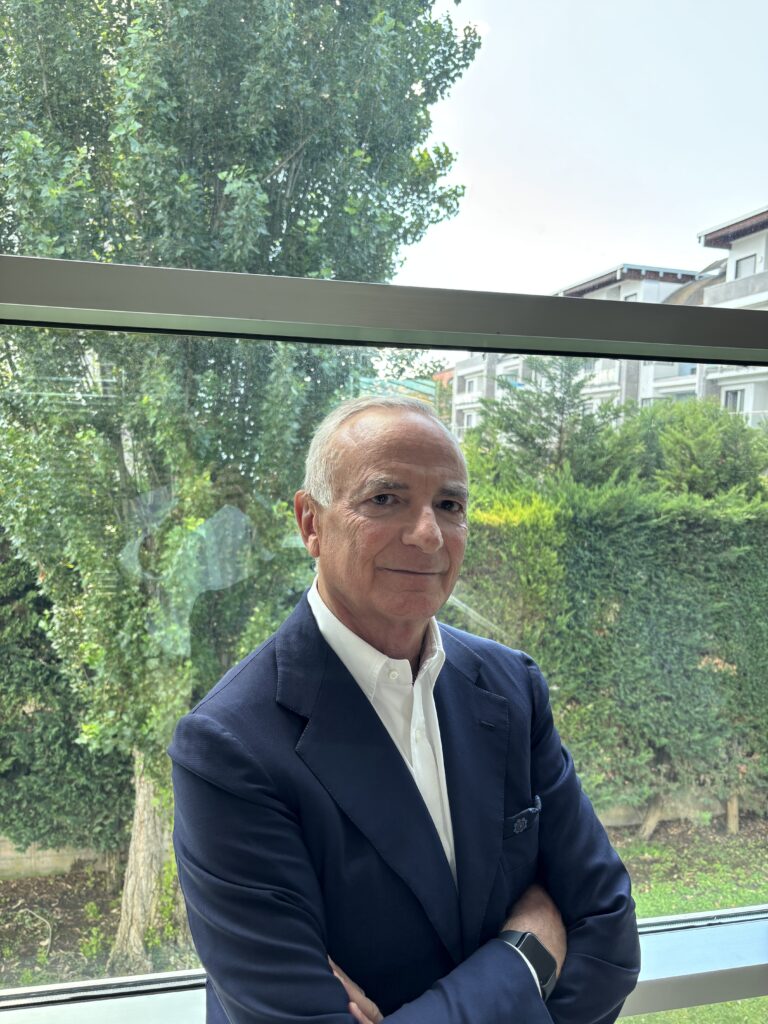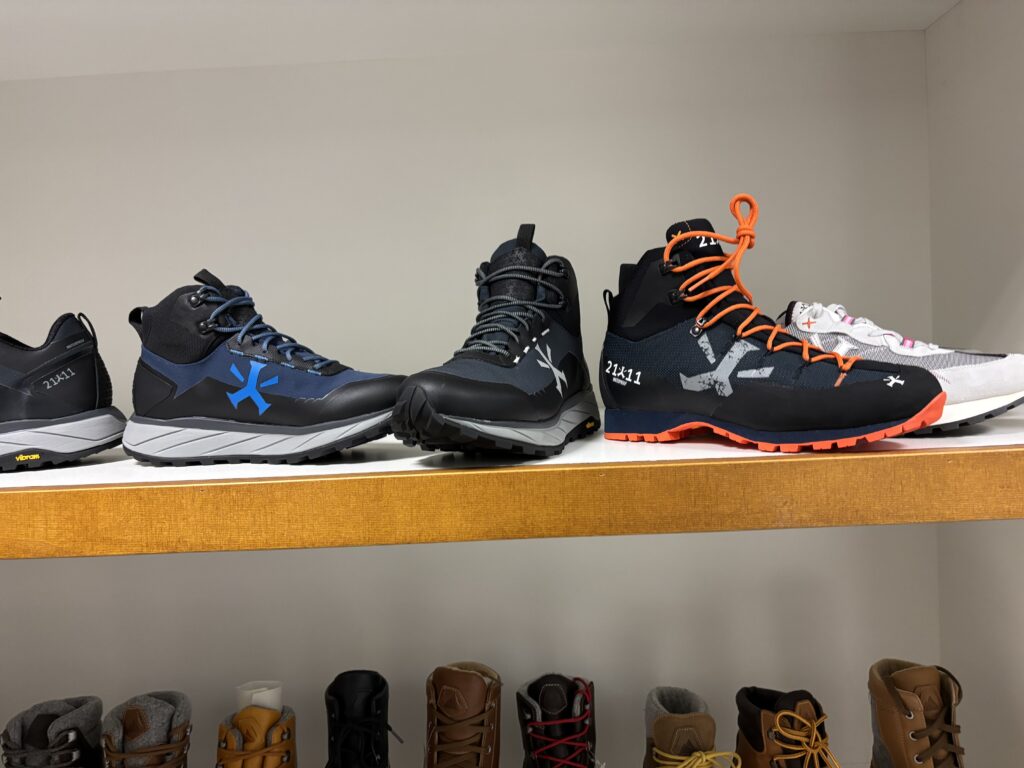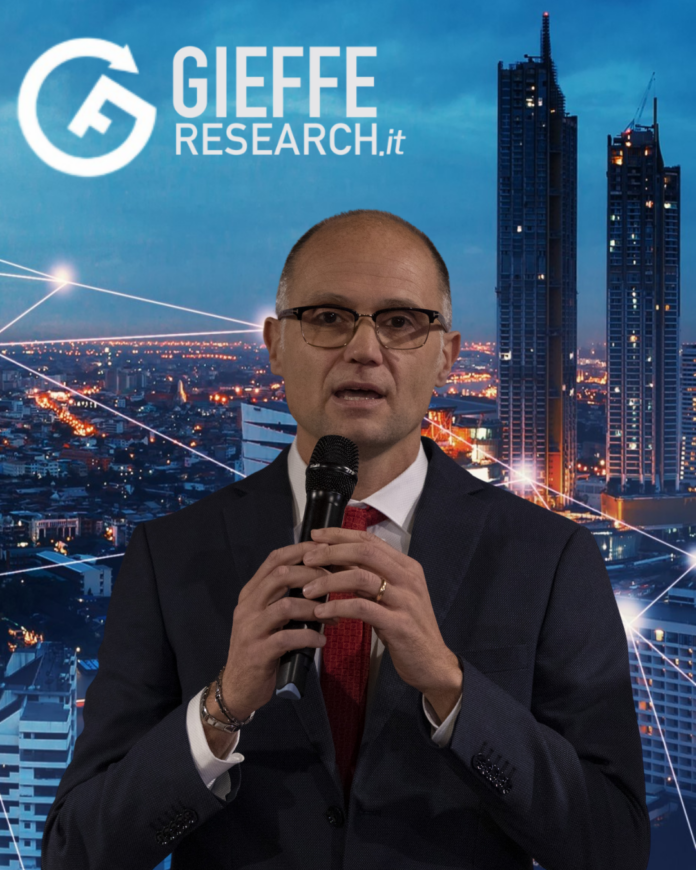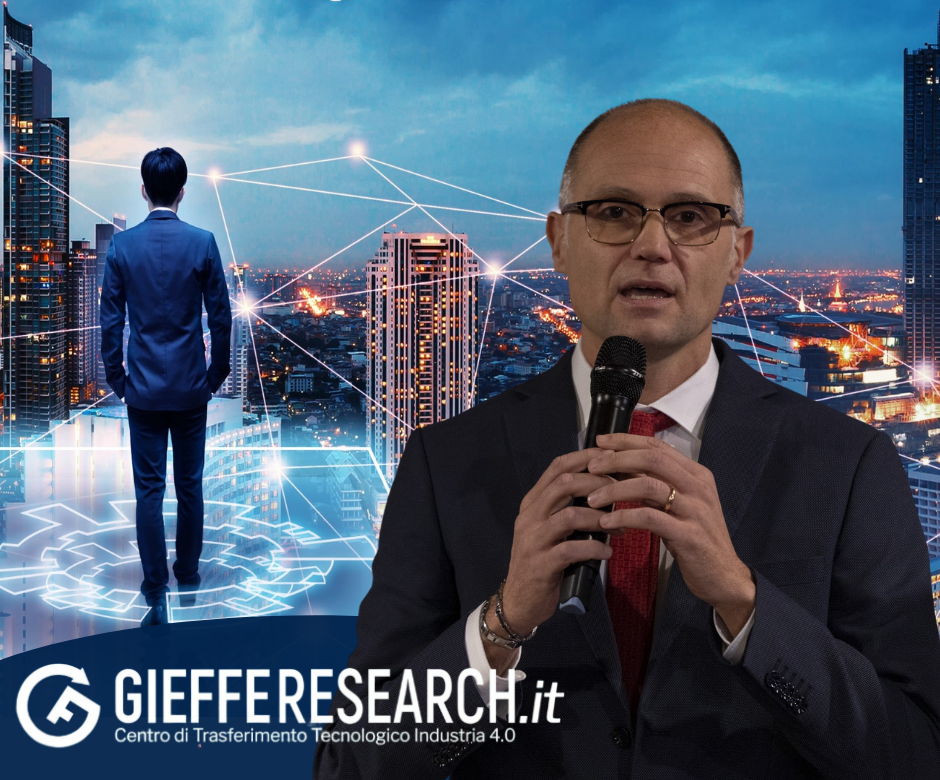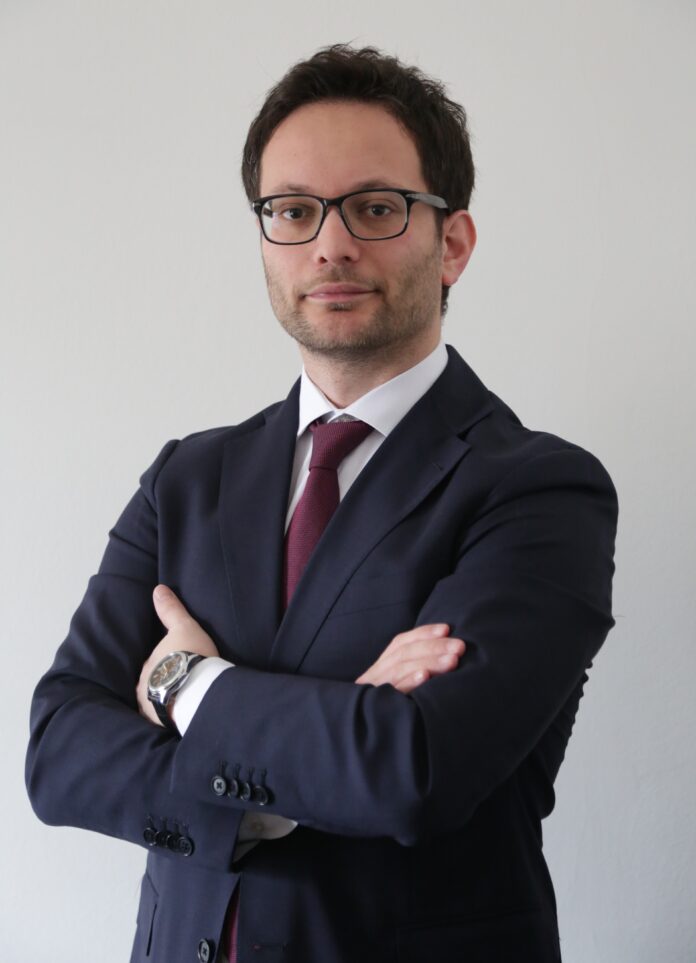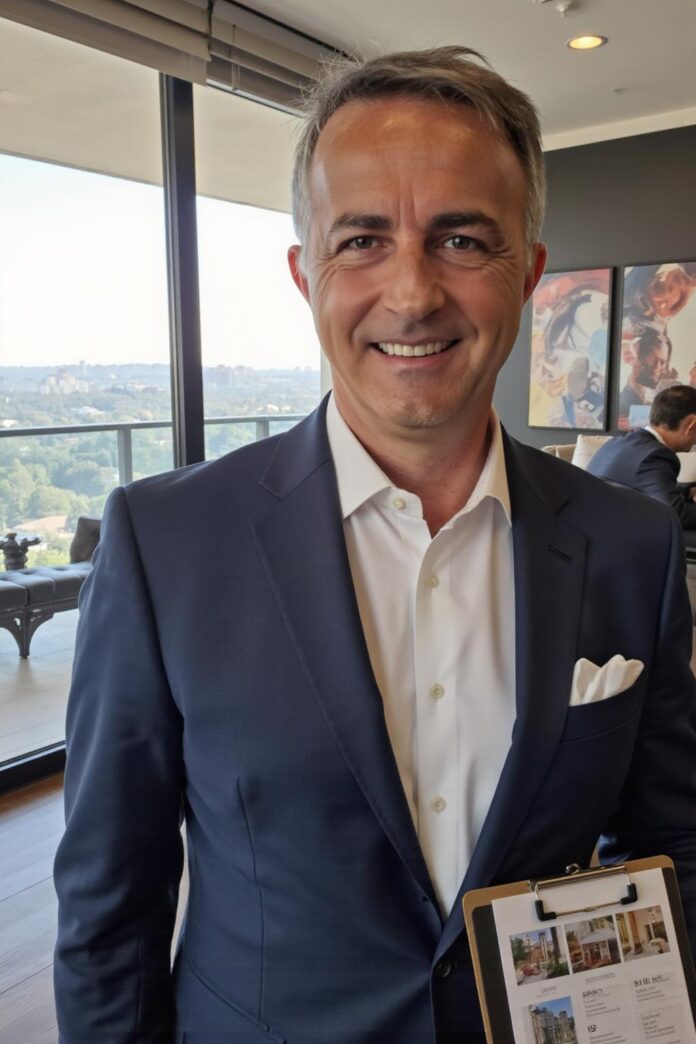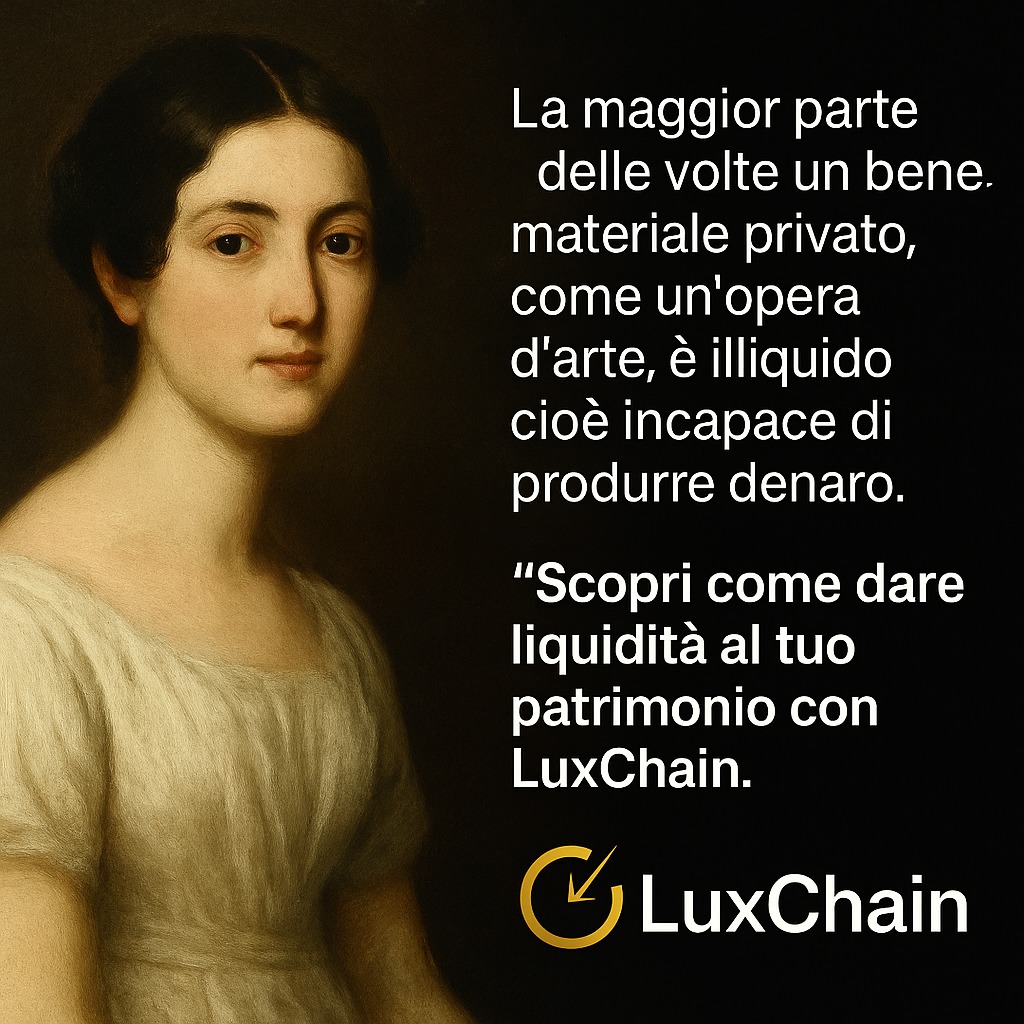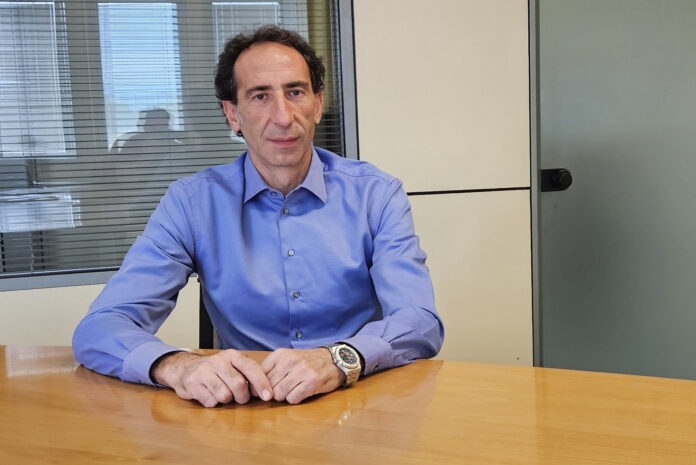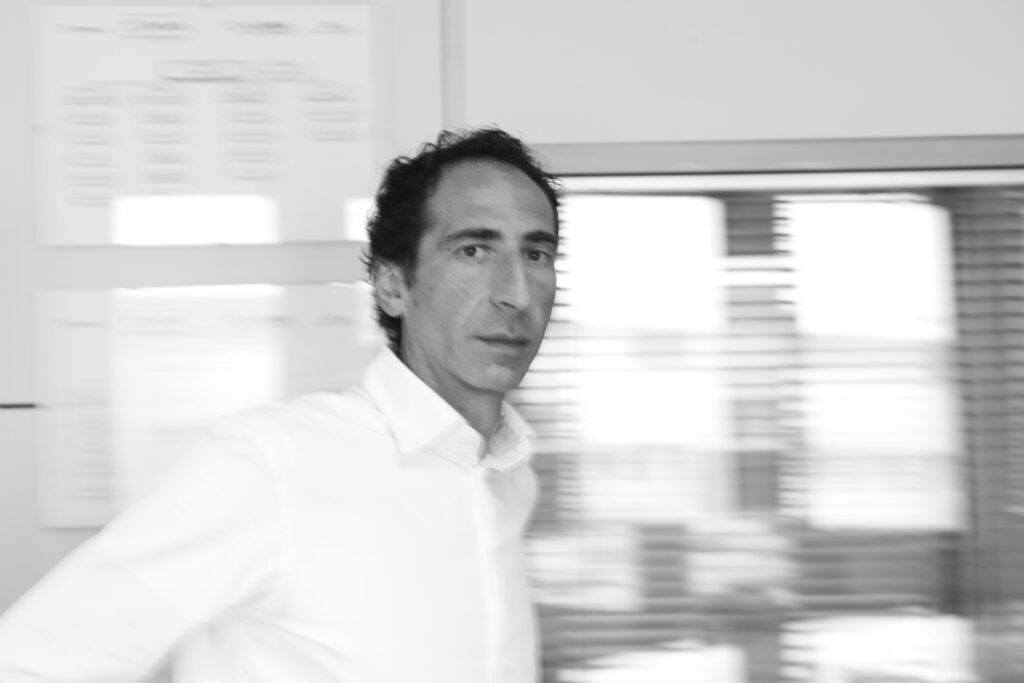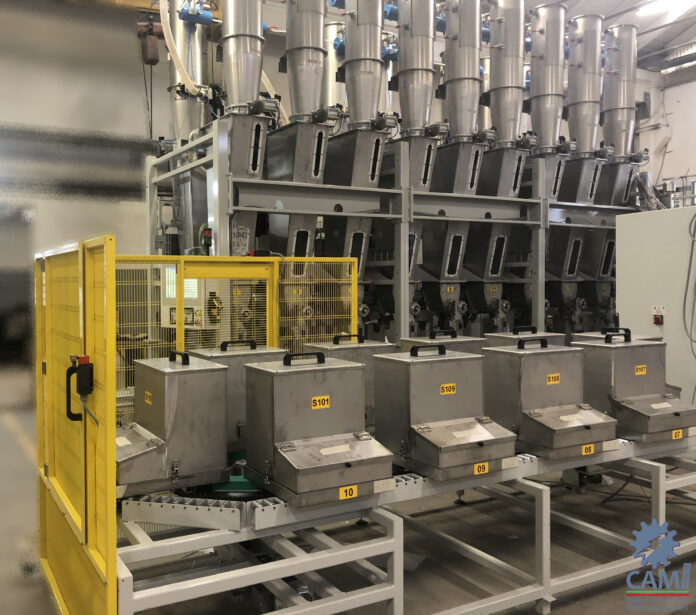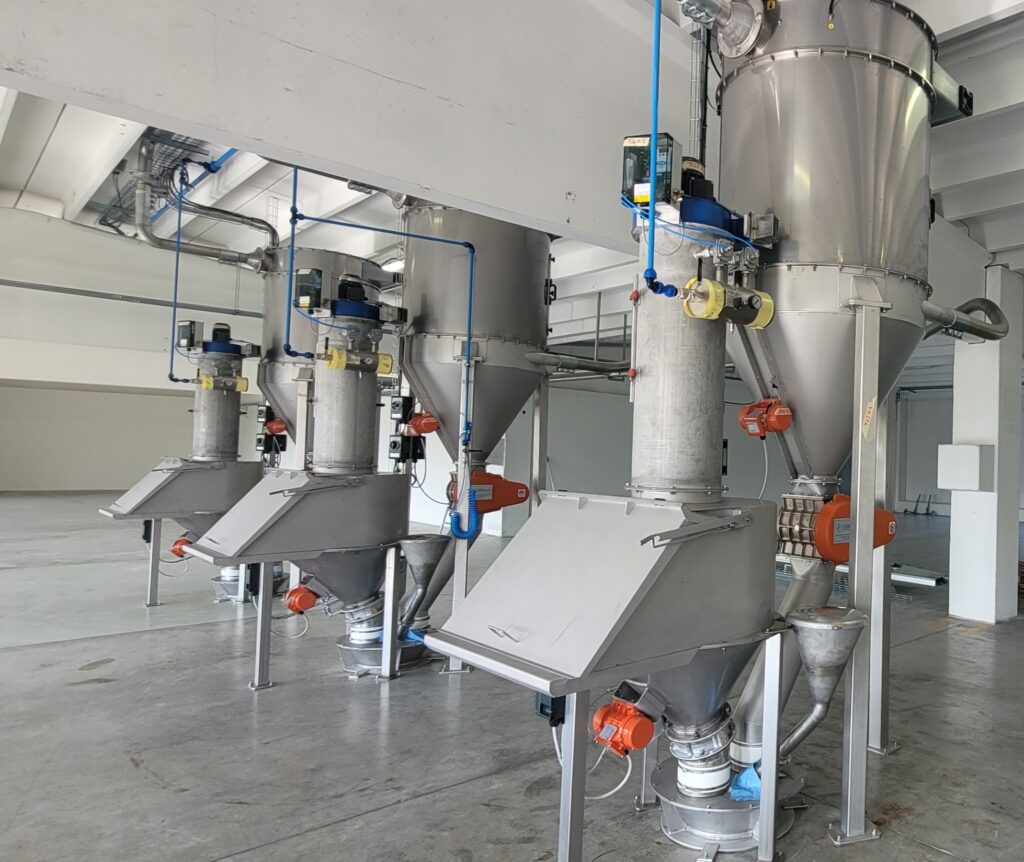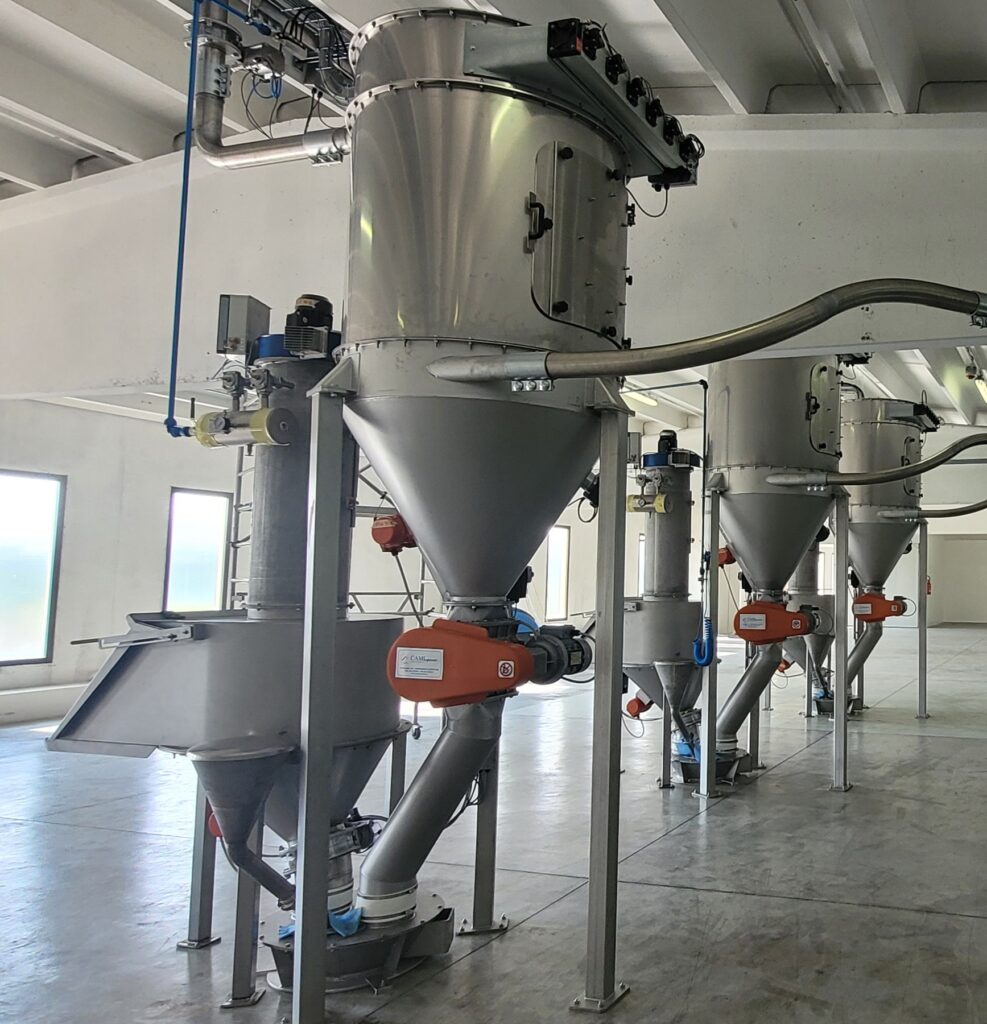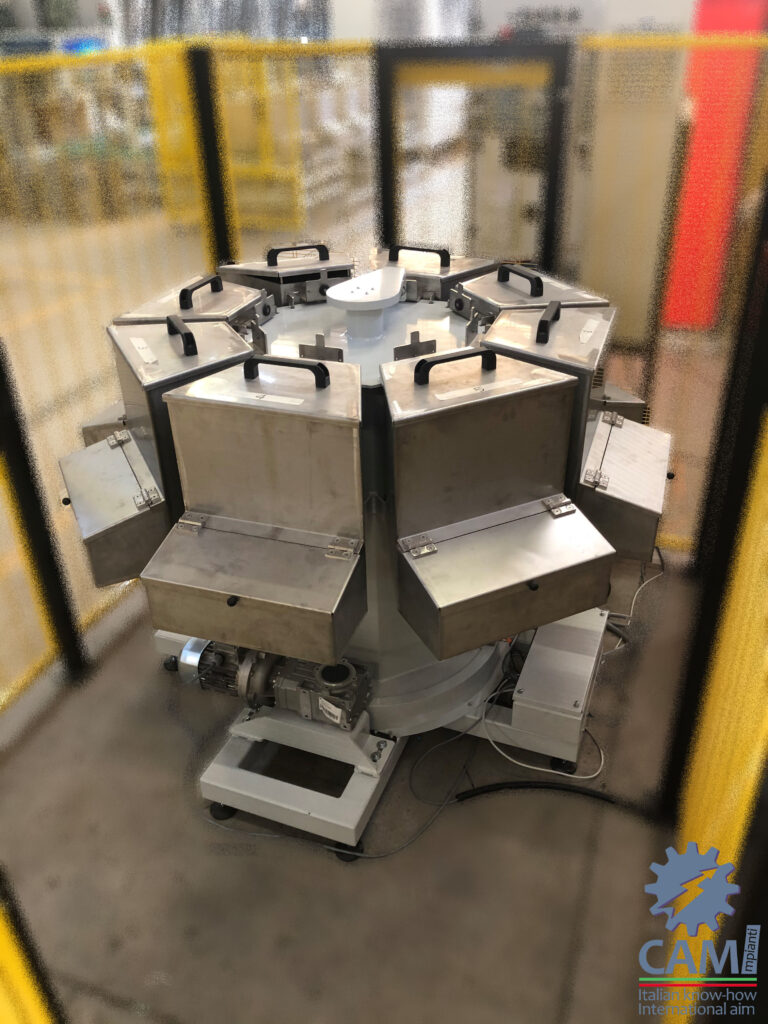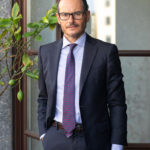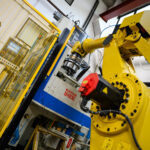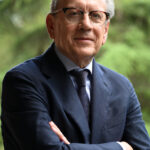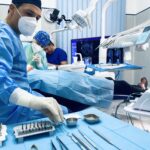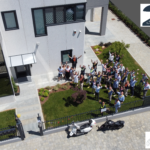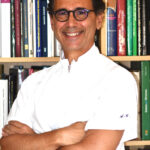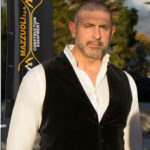In recent years, dentistry has undergone a quiet yet profound evolution, thanks to the introduction of digital technologies in daily practice. Among the most significant innovations, computer-guided implantology has become one of the most solid and reliable pillars of prosthetic rehabilitation, offering increasingly predictable, minimally invasive, and aesthetically valuable results. We discussed this with Dr. Marco Marra, dentist and specialist in Implantology and Implant-Prosthetics in Odontostomatology, who has been applying this technique for years with excellent results.
by Roberta Imbimbo
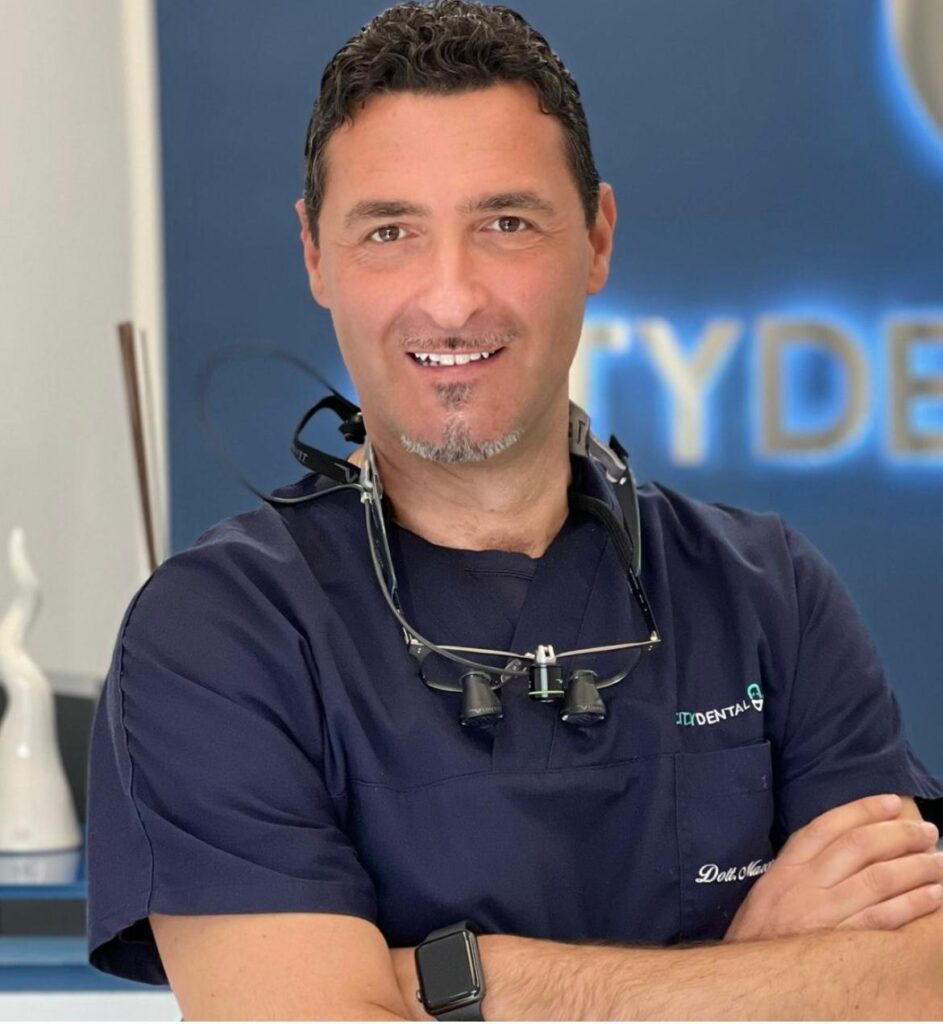
Dr. Marra, how would you define digital implantology today?
I would define it as a modern, highly advanced method that provides concrete advantages for both the patient and the clinician. Thanks to 3D planning software, it is now possible to design the surgical procedure virtually, visualizing in advance the bone anatomy and the optimal position for the implant. This enables extremely precise, safe, and predictable surgery — key factors in improving the patient’s experience and the clinical outcome.
You often speak of “computer-guided and prosthetically guided implantology.” What exactly does that mean?
It’s a highly advanced and precise clinical approach that combines digital planning with minimally invasive surgery, with the goal of ensuring not only the functional success of the implant but also an optimal aesthetic result. The process begins with virtual pre-surgical planning using specialized software that integrates clinical data, digital impressions, and radiological images obtained through CBCT (Cone Beam Computed Tomography). This allows for the virtual positioning of the implant in the most anatomically suitable area and, more importantly, in the exact point where the future prosthesis will achieve maximum aesthetic and functional integration.
Once the planning is defined, a surgical guide — a custom-made 3D-printed template — is created to faithfully transfer the digital plan into the patient’s mouth. This step is crucial because it ensures absolute consistency between digital design and clinical execution. Thanks to prosthetically guided surgery, the implant is positioned in such a way that the future dental crown emerges perfectly from the gum, ensuring symmetry, harmony of the smile, and a natural appearance. The digitalization of the implant process not only improves surgical efficiency and safety but also makes possible a highly predictable, personalized, and long-lasting prosthetic outcome, raising the overall quality standard of treatment.
What are the main benefits for the patient?
Computer-guided implantology offers numerous advantages, especially thanks to the use of the Flapless technique, which allows implant placement without incisions or sutures. This method — also known as “closed-flap surgery” — is suitable for patients with favorable gingival and bone conditions. In such cases, it is possible to avoid lifting the gum flap and instead create only a small access point (called an operculum) through the mucosa using a personalized surgical guide that directs the implant into the planned position with extreme accuracy.
Compared to traditional surgery, the benefits for the patient are clear: surgical trauma is significantly reduced, leading to less bleeding, swelling, and post-operative pain. The absence of sutures and the reduced manipulation of soft tissues also contribute to faster healing, a lower risk of infection, and better preservation of vascular integrity and peri-implant tissues.
Modern implantology aims precisely to combine functionality, aesthetics, and minimal surgical invasiveness, ensuring greater comfort for the patient and a smoother post-operative recovery. It is important to note, however, that when anatomical conditions do not allow a Flapless approach, computer-guided implantology can still be performed using the “open flap” method, while maintaining the advantages of precise digital planning and highly predictable implant placement.
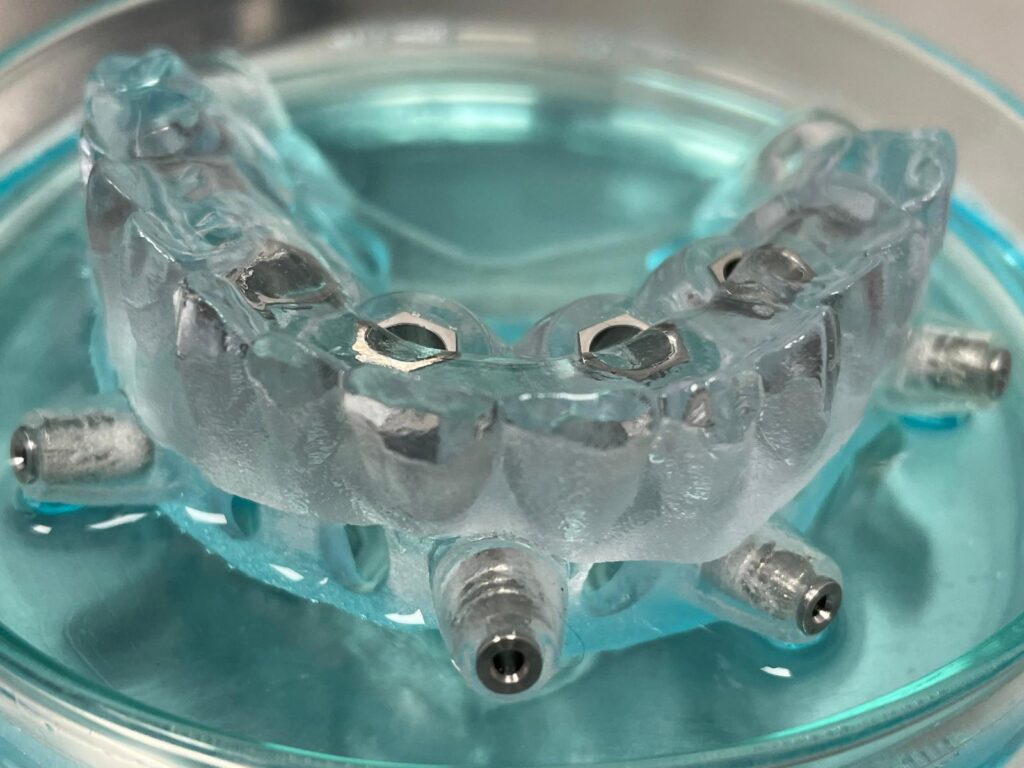
And what about the advantages for the clinician?
As mentioned, the main benefit is planning. Having the ability to “see” in advance where to place the implant allows for extremely precise work and reduces intraoperative unpredictability. With modern digital software, the procedure can be simulated, the safest and most effective position for the implant can be selected, and then the surgery can be carried out exactly as planned. This approach increases surgical safety, predictability of results, and patient satisfaction.
Using surgical templates designed with digital technology also ensures extremely accurate implant placement, based on virtual planning performed in the pre-operative phase. For all these reasons, in modern implantology, the use of computers and advanced design software is no longer just an option — it has become an essential requirement to deliver safe, predictable treatments aimed at maximizing patient benefit.
In conclusion, can we say that digital technology has changed implantology forever?
Absolutely yes. It’s not just a technical evolution but a true paradigm shift. Digital implantology allows for less traumatic procedures, more stable results, and higher overall quality of care. It’s a revolution that places the patient’s well-being and treatment efficiency at the center. In short, digital technology has changed the way we think about smile care: more precise, more human, and more patient-centered.






